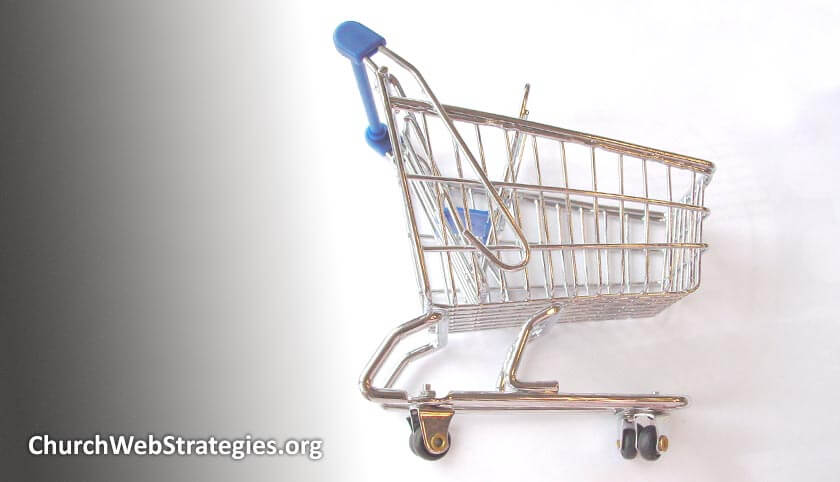The shopping cart is one of the most critical pieces of an eCommerce experience. This critical piece of the experience is where your visitor prepares to give you money. As this part of the journey is so important, I will give you several tips on how to make that experience as easy as possible, remove frustration points, decrease cart abandonment, and increase sales.
The shopping cart is a fundamental piece to the online shopping experience. It is where your visitors collect the things they wish to buy, and where they will launch into the process that will ultimately make you money. This is also where they can modify their cart by deleting items, updating quantities, and hopefully add new products (as mentioned in the previous two articles on automated and curated suggestions).
Display Shipping Rates
As soon as you can determine the shipping costs of a product, display it. If you ship via flat rates, do not waste time; display them right on your item detail page. If you have weight-based options, display them in your shopping cart. It is the first time where you know exactly the quantity (and weight) of the items they currently want to buy. If you are making your shipping rate decisions based on location, either ask for a ZIP code up front, or display it directly after your shipping location page.
Shipping Location before Payment
Especially if you have location-based rates, ask for the shipping destination first. This way users can get a final total of their charges before providing any payment information. This increases their trust in your site, but answers questions sooner rather than later.
Ability to Edit and Delete
Flexibility with their purchasing decision may result in customers removing items from their cart. However it is that flexibility that will give them the information they will ultimately want before committing to a purchase Plus you never know when a customer will want more of an item, but forgot to update the quantity in the initial call to action on the item detail page.
No Mandatory Registration
While this may be a great way to bring in new leads, do not force customers to create an account with your website. Only present the option to register to new users after they have completed their first checkout. Typically the only thing you need at that point is a password to protect all of the information they just provided you via the checkout process.
Action Item: Please review your shopping cart and implement as many of the above best practices as possible. I know your eCommerce system may not permit all of them; but the more you can do the better. I have personally seen these points be obstacles to purchasing not only by abandoned carts, but by customer feedback. Obtaining a sale through any sort of trickery will not create a loyal customer, nor does it demonstrate a Christ-like love for those who wish to purchase items from your website.
Note: Image courtesy of Suzanne van Hattum.

